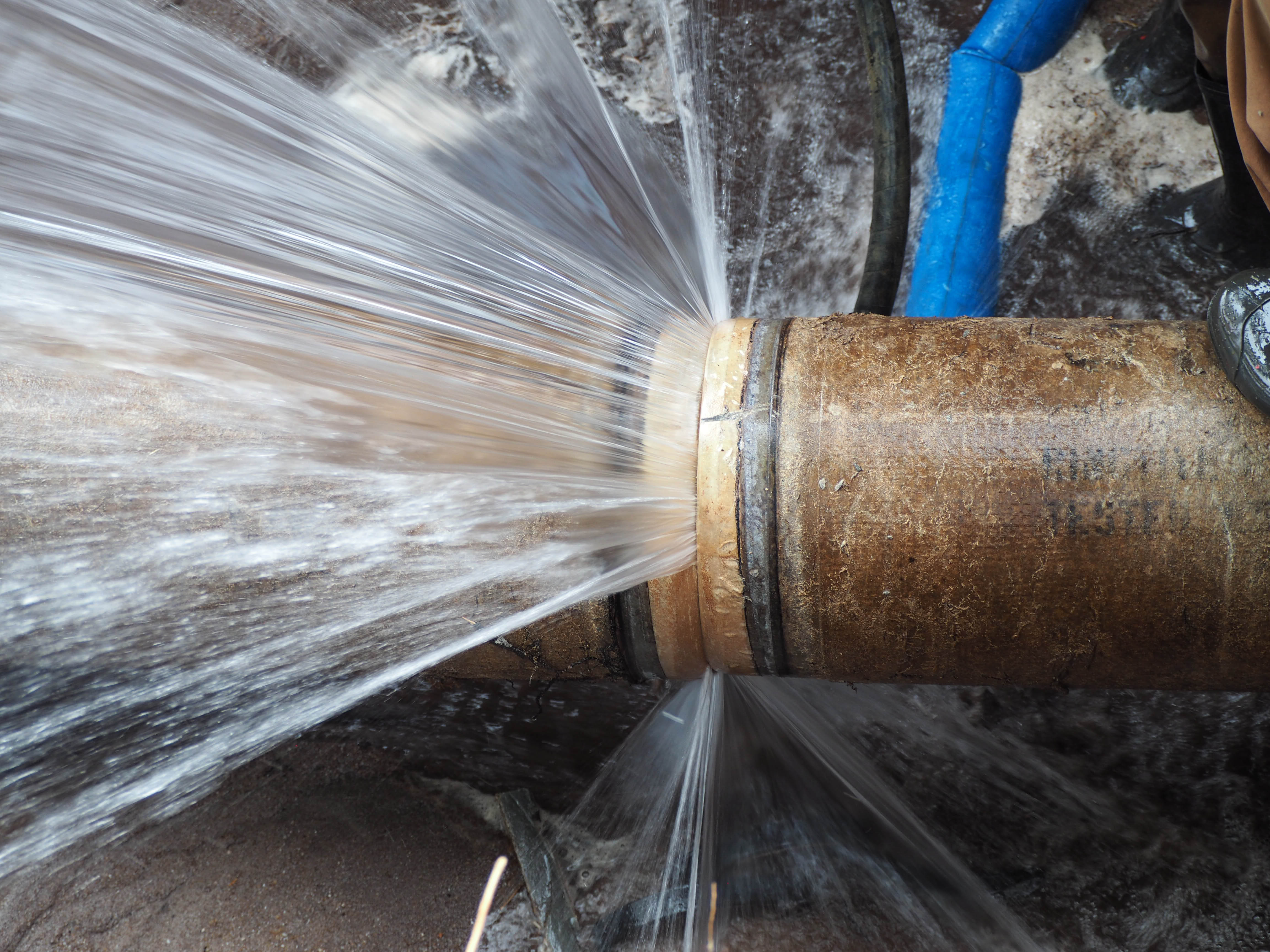Preventing Frozen Plumbing in Winter: Critical Advice
Preventing Frozen Plumbing in Winter: Critical Advice
Blog Article
The author is making several great points about Helpful Tips to Prevent Frozen Pipes this Winter overall in the article following next.

Winter can damage your plumbing, particularly by freezing pipelines. Below's exactly how to stop it from occurring and what to do if it does.
Introduction
As temperature levels decrease, the threat of icy pipelines boosts, possibly leading to pricey repair work and water damages. Recognizing just how to stop frozen pipelines is vital for home owners in chilly climates.
Avoidance Tips
Insulating prone pipes
Cover pipes in insulation sleeves or make use of heat tape to safeguard them from freezing temperature levels. Concentrate on pipelines in unheated or external areas of the home.
Home heating techniques
Keep interior rooms adequately heated up, specifically areas with plumbing. Open cabinet doors to enable cozy air to flow around pipes under sinks.
How to determine icy pipes
Search for reduced water circulation from taps, uncommon smells or sounds from pipelines, and noticeable frost on exposed pipes.
Long-Term Solutions
Structural adjustments
Consider rerouting pipes far from outside wall surfaces or unheated locations. Include added insulation to attic rooms, basements, and crawl spaces.
Updating insulation
Buy high-grade insulation for pipelines, attics, and wall surfaces. Correct insulation helps keep constant temperatures and lowers the danger of icy pipes.
Securing Outdoor Pipes
Garden pipes and outdoor faucets
Separate and drain garden tubes before wintertime. Set up frost-proof faucets or cover outdoor faucets with shielded caps.
Comprehending Frozen Pipes
What causes pipes to freeze?
Pipelines freeze when revealed to temperatures listed below 32 ° F (0 ° C) for extended durations. As water inside the pipes ices up, it broadens, taxing the pipe wall surfaces and possibly triggering them to break.
Risks and problems
Icy pipes can lead to water supply disruptions, property damages, and pricey repair work. Burst pipelines can flooding homes and cause substantial structural damages.
Indications of Frozen Piping
Determining icy pipelines early can prevent them from rupturing.
What to Do If Your Pipes Freeze
Immediate activities to take
If you presume icy pipes, keep taps open to ease pressure as the ice melts. Use a hairdryer or towels soaked in warm water to thaw pipelines gradually.
Final thought
Avoiding icy pipes needs aggressive actions and fast actions. By understanding the causes, indications, and preventive measures, property owners can protect their pipes during cold weather.
6 Proven Ways to Prevent Frozen Pipes and Protect Your Home
Disconnect and Drain Garden Hoses
Before winter arrives, start by disconnecting your garden hoses and draining any remaining water. Close the shut-off valves that supply outdoor hose bibs and leave the outdoor faucet open to allow any residual water to drain. For extra protection, consider using faucet covers throughout the colder months. It’s also important to drain water from any sprinkler supply lines following the manufacturer’s directions.
Insulate Exposed Pipes
Insulating your pipes is an effective way to prevent freezing. Pipe insulation is readily available at home improvement stores and is relatively inexpensive. Pay close attention to pipes in unheated areas such as the attic, basement, crawl spaces, or garage. Apply foam insulation generously to create a buffer against the cold. You can also wrap your pipes in heat tape or thermostat-controlled heat cables for added warmth.
Seal Air Leaks
Inspect your home for any cracks or openings that could let in cold air. Seal any holes around the piping in interior or exterior walls, as well as the sill plates where your home rests on its foundation. Additionally, make sure to keep your garage door closed unless you’re entering or exiting. Leaving it open creates a significant air leak that can lead to frozen pipes.
Allow Warm Air Circulation
During cold snaps, it’s essential to allow warm air to circulate evenly throughout your home. Leave interior doors ajar to promote better airflow. Open kitchen and bathroom cabinets to help distribute heat consistently around the rooms. If you have small children or pets, be sure to remove any household chemicals or potentially harmful cleaners from open cabinets for safety.
Let Faucets Drip
A small trickle of water can make a big difference in preventing ice formation inside your pipes. When temperatures drop significantly, start a drip of water from all faucets served by exposed pipes. This continuous flow helps prevent the water from freezing. Additionally, running a few faucets slightly can relieve pressure inside the pipes, reducing the chances of a rupture if the water inside does freeze.
https://choateshvac.com/6-proven-ways-to-prevent-frozen-pipes-and-protect-your-home/

Do you like reading up on Prevent Frozen Pipes ? Place a short review below. We'd be happy to see your responses about this post. In hopes that you come back again before long. So long as you liked our blog posting kindly don't forget to pass it around. I appreciate your readership.
View More Report this page